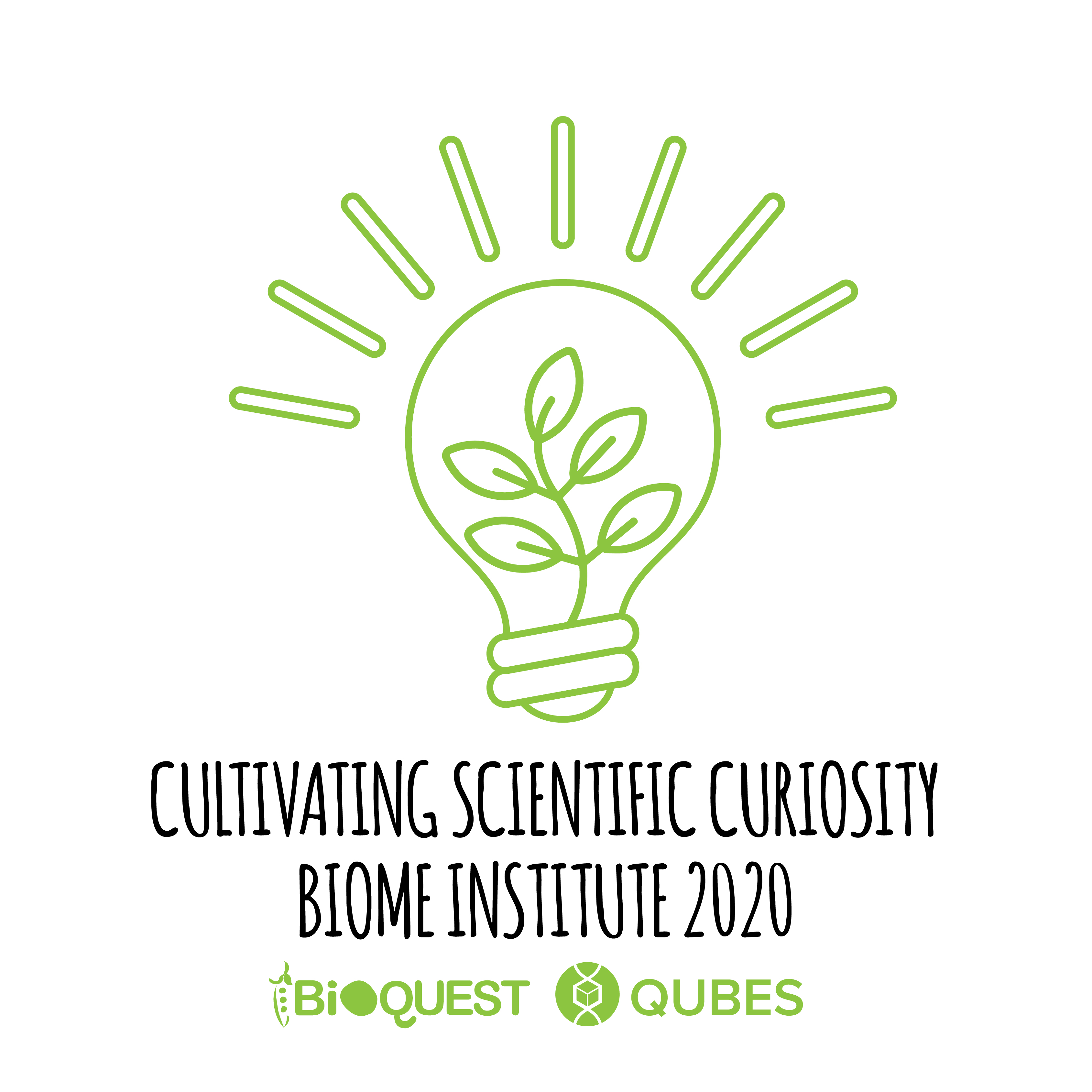Incubators: Building community networks and developing open educational resources to integrate bioinformatics into life sciences education
Author(s): William Morgan1, Sam S Donovan2, Hayley Orndorf2, Sabrina Robertson3, Elizabeth F Ryder4, Michael Sierk5, Anne Rosenwald6, Elizabeth Dinsdale7, Eric Triplett8, Mark Pauley9, William Tapprich10
1. The College of Wooster 2. University of Pittsburgh 3. NC State 4. Worcester Polytechnic Institute 5. Saint Vincent College 6. Georgetown University 7. San Diego State University 8. University of Florida 9. National Science Foundation 10. University of Nebraska-Omaha
1033 total view(s), 226 download(s)
TAGC 2020 NIBLSE Incubators poster v4.pdf(PDF | 592 KB)
- License terms
Description
Many educators draft learning resources for use in their own classroom but are generally hesitant to share them publicly. Furthermore, these are of limited use to potential adopters without supporting documentation, particularly with multidisciplinary content, such as bioinformatics. However, with further refinement, these immature learning resources present an opportunity to contribute to more complete collections of open access, high quality learning resources, particularly if supplemented with supporting materials to facilitate instruction by non-experts.
To nurture existing learning resources to maturity and currency, NIBLSE in partnership with QUBES has developed a community-based approach. Collaborating in a small, shortlived, working group called an “Incubator,” participants refine a learning resource to improve its quality and usability across diverse life sciences classrooms.
This is a part of the Genomics Education Alliance Posters & Beyond materials for the BIOME Institute.
Cite this work
Researchers should cite this work as follows:
- Morgan, W., Donovan, S. S., Orndorf, H., Robertson, S., Ryder, L. F., Sierk, M., Rosenwald, A., Dinsdale, E., Triplett, E., Pauley, M., Tapprich, W. (2020). Incubators: Building community networks and developing open educational resources to integrate bioinformatics into life sciences education. Cultivating Scientific Curiosity, QUBES Educational Resources. doi:10.25334/A6NR-TT57
